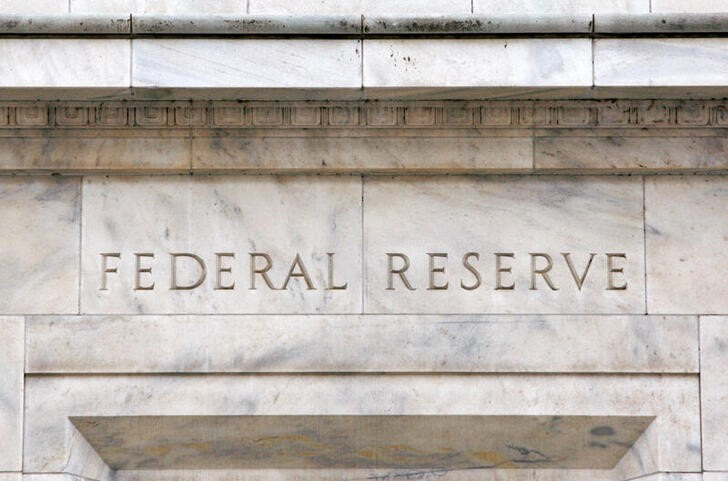The Federal Reserve’s quantitative tightening (QT) program will conclude in December without causing significant market disruption, Barclays analysts said in a recent note.
As they highlighted, this is in stark contrast to the abrupt end of the QT program in 2019, which caused a funding shock. Barclays’ analysis highlights the measures the Fed has implemented to prevent a repeat of past mistakes and ensure a smooth transition.
“The Fed extended the QT period too long in 2019,” Barclays noted. “It did not have a good sense of banks’ preferred levels of precautionary liquidity, and it focused too narrowly on developments in the Fed Funds market.”
This time, the Fed is taking a more cautious approach. The central bank has expanded its monitoring of financing conditions and started phasing out the QT, with reserves still above $3.4 trillion. In addition, central clearing and the Standing Repo Facility (SRF) provide additional safeguards against a funding shock similar to 2019.
Several indicators that pointed to market tensions in 2018-2019 have now increased. Hedge funds have similar long positions in government bonds, financed with secured loans, and dealers’ balance sheets are overloaded with record high government bond holdings.
Now, Barclays believes the Fed’s preparedness and proactive measures will ensure a smooth end to the QT program.
“We think there are two factors that point to a cleaner end to QT this year,” analysts wrote.
“First, the Fed appears to be paying more attention to markets and conditions outside the Fed Funds market,” the analysts said.
The second factor contributing to Barclays’ confidence is the expansion of sponsored repo activity and central clearing since 2020. These measures have significantly increased dealers’ balance sheet capacity through netting.
“Sponsored repos – and central clearing in general – increase dealers’ balance sheet capacity through clearing. Sponsored repos (longs and shorts) exceed $1 trillion and have more than doubled since 2019,” the report highlights.
In short, Barclays expects the Fed to end the QT interval in December “with little whimper” and “well before signs of stress emerge in the Fed Funds or repo market.”


